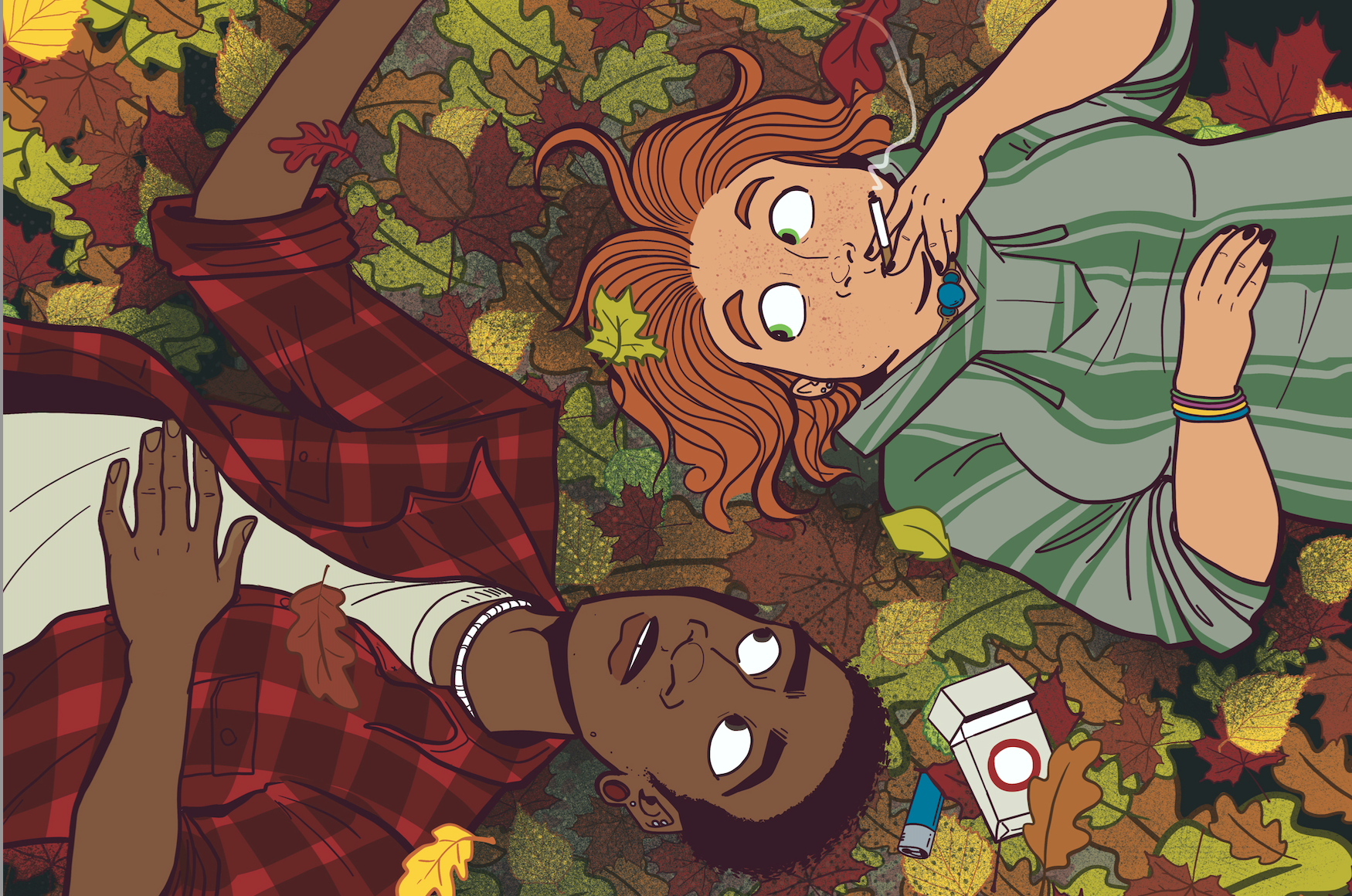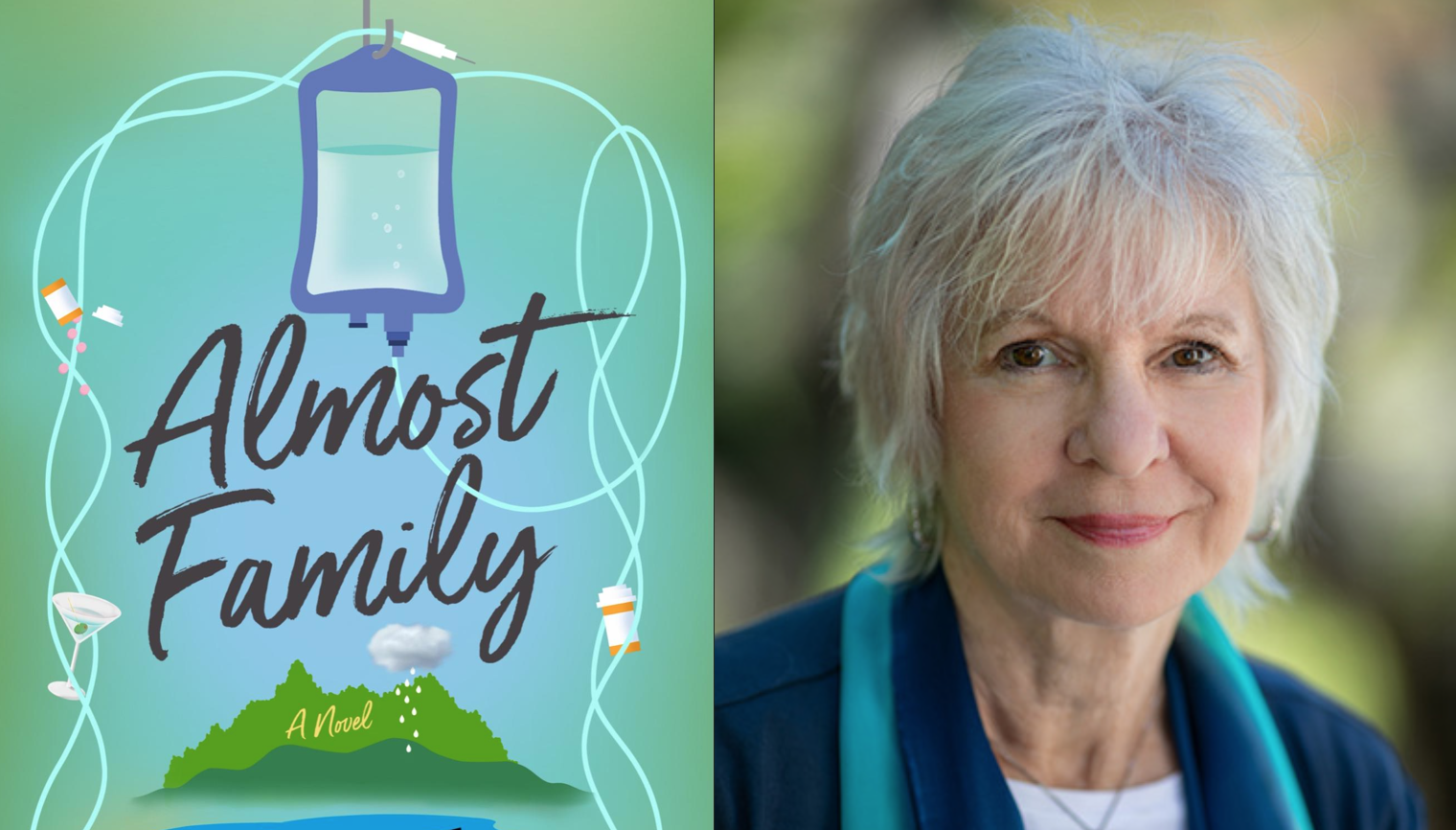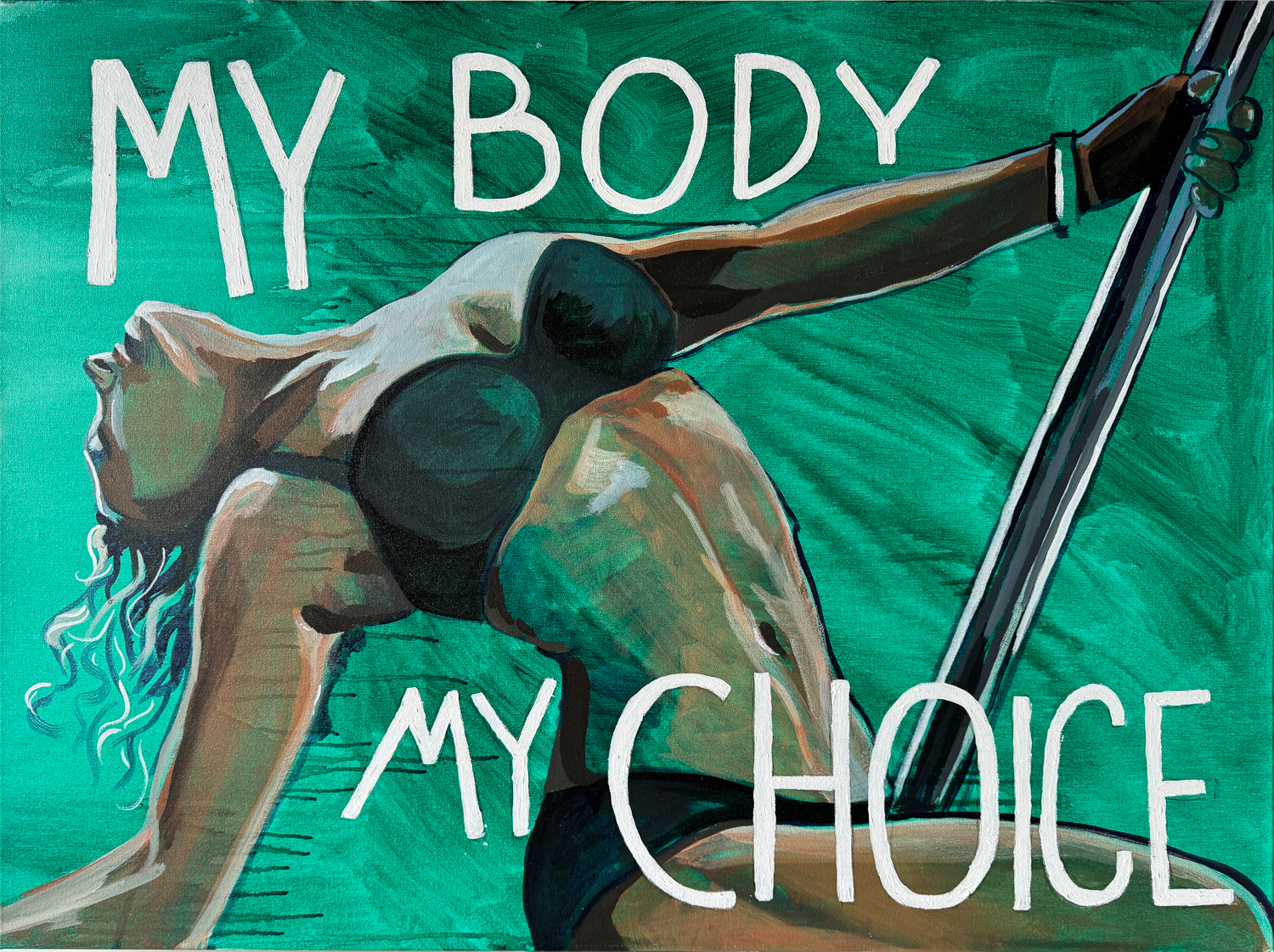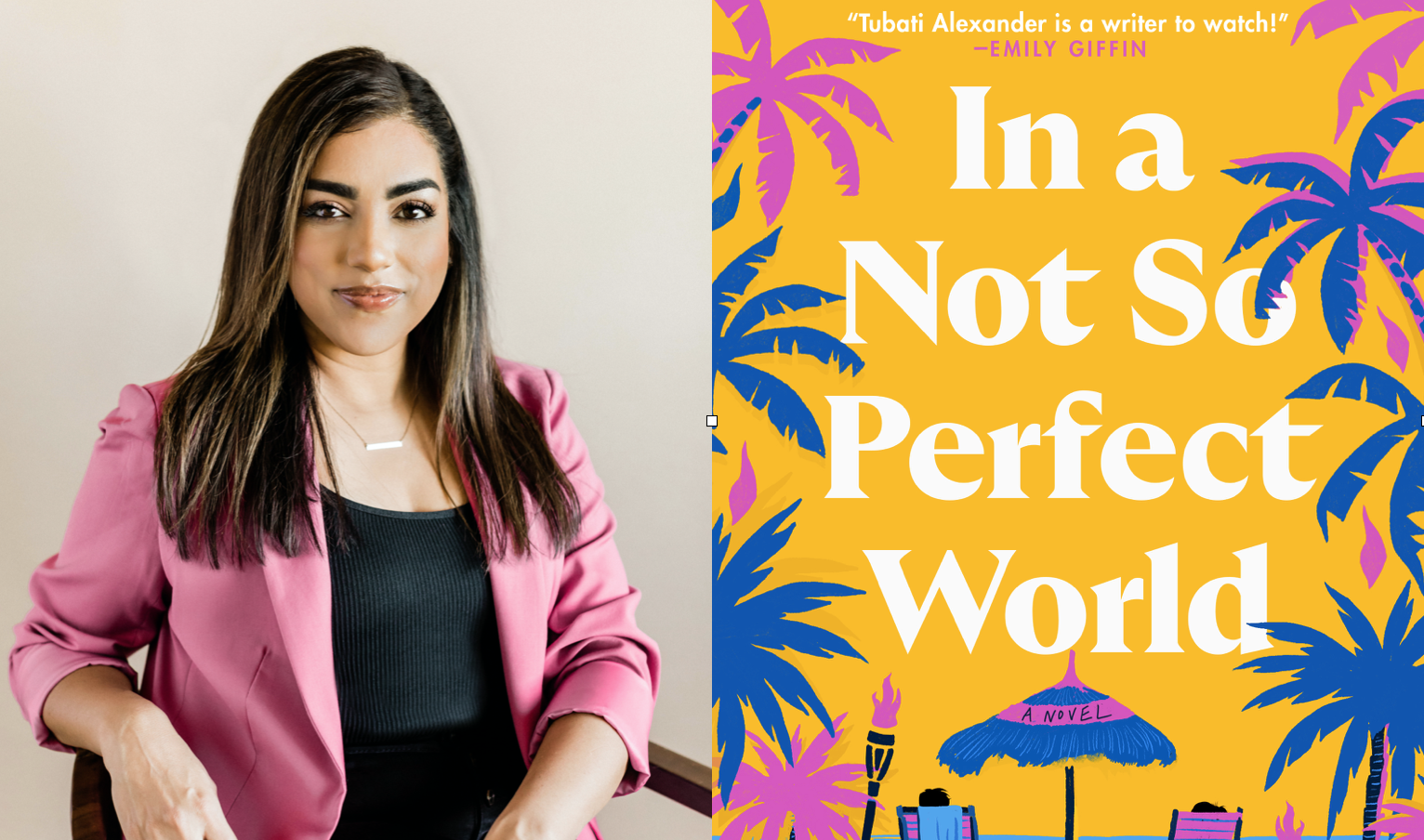
In a 2022 poll looking at the popularity of true crime podcasts, television, and streaming series, a whopping half of American audiences declare they love the genre, with 13% saying it is their favorite genre. Interestingly, the majority of true crime consumers are women, as 58% of women report they enjoy the genre. There are experts who claim that there is a correlation with these statistics, given that women are more likely to be the victim of those crimes.
When it comes to scripted storylines, perhaps there is a sense of taking back agency and power when we see female characters leading the charge to solve crimes. With the release of a new comic series from Oni Press, the multiple Eisner and Harvey Award-winning publisher of graphic fiction for all ages, readers get to witness not just females, but teen girls at the center of a true crime thriller, written and illustrated by an all-female team. A taking back the narrative, if you will, where we can envision a world seeing women as the victors, not just victims.
In ‘Jill And The Killers’, a double debut from writer Olivia Cuartero-Briggs (‘Mary Shelly Monster Hunter’) and artist Roberta Ingranata (‘Witchblade, Doctor Who’) teenager Jill Estrada finds herself caught in a true-crime subscription mystery box that’s anything but a fantasy.
Returning to school after the unsolved disappearance of her mother, teenager Jill Estrada can’t wait for things to return to normal . . . even as her friends become compulsively obsessed with Box Killers, a true-crime subscription game where each month’s “unsolved case” is custom-tailored to the life of its player. There’s only one catch: Jill’s game seems to be all too real . . . and when her clues begin to connect to a series of disappearances in her town, Jill and her friends must uncover the truth behind these mysterious crimes before one of their own becomes the next victim.
Editor Megan Brown says fans of true crime and murder mysteries will love this exciting new series, especially given the way it subverts what you typically think of when it comes to true crime.
“With powerful messages about the effects of trauma and the importance of friendship, and dynamic art that shines on the page, this woman-driven creative team has crafted a story that is both heart-wrenching and hair-raising,” she said in a press release.
As fans of stories featuring female leads, and created by a majority female team, we wanted to go behind the scenes to learn more about ‘Jill And The Killers’. Who better to take us on this journey than writer and rising star Olivia Cuartero-Briggs, who shared more about her work as a writer in comics and TV, and how her daughters have motivated her to push for more stories by, about, and for women and girls. Where they can be the heroes and the center of the narrative, not just a footnote or a victim.

Where did your writing career begin, and was there a seminal book or story that inspired you to pursue this career early on?
I’ve been telling stories since I knew how, so I’m pretty sure in some way I’ve always been a writer, but yes, there was a book that inspired my trajectory for sure. This is either going to make me sound really cliche or freakin’ ancient, but here goes: When I was a teenager – in the 90s, I swear! – I read Jack Kerouac’s “On the Road”, and it changed everything. Before that, I had this feeling that writers were part of the social elite. And that writing – real writing – had to feel that way. Sophisticated and upper crust.
At the time, I was attending one of the top preparatory schools in the country. I was definitely adjacent to that world, but only because my father taught at the school. I was a faculty brat, and one of the very few middle class kids in what felt like a sea of wealth. I was also drawn to outcast stories, and non-traditional methods of storytelling, and when I read that book, I thought, holy shit. There’s a place for me. Kerouac and the beat poets to me meant that you didn’t have to be a scholar or an aristocrat to be a writer. You could be a misfit, a degenerate, or just a curious kid hard-wired to push the limits.
Where did the idea for ‘Jill and the Killers’ come from, and when did you begin working on it?
Jill and the Killers was born out of two things: my life-long fascination with horror and true crime, and my love of subscription boxes. I know, goofy, but you asked! About four years ago now, I found out about Hunt a Killer and other murder mystery subscription services, and I thought it was such a brilliant idea. And then, of course, I couldn’t help but wonder what would happen if you thought you were playing a game, but found out the clues you had been sent belonged to an actual homicide. That was the nexus of the idea, and what I pitched to Oni Press back in the best year ever – 2020! – and they bit!


Having worked on graphic novels, comics, plays and TV series such as ‘Queen of the South’, how different are each of these mediums, and do you prefer one over the other?
All dramatic mediums are different in terms of how they’re made and viewed by audiences, so they have different demands on the writer purely because of that. For instance, films are more expensive, can be created in different locations, and are made to be viewed closely and listened to in one sitting. Plays are less expensive to produce, are created in one space, and are made to be viewed at a distance and listened to in one sitting.
Comic books are even less expensive to produce, are created to be viewed and read in several sittings, or whatever the reader desires. This means, as a writer, you can let your imagination run wild with no regard for production budget, the story has to be visually stimulating to justify the medium, and you have to create compelling enough moments of action and cliffhangers to keep the reader engaged.
Honestly, and this isn’t just me blowing smoke up the bum of the Gods of writing – but I love all of these mediums completely – and I am so grateful that I get to play in all of these areas, because I have a lot of ideas, and not every story is suited for one specific medium. Some of my ideas are best served as novels. Some are undoubtedly TV shows, some comics. You get the idea. But whatever medium I am creating for, I am telling the story as best I can for that medium. If I’m writing a comic book, it’s going to be the best damn comic book I can write. I’m not turning my story into a comic book in hopes that it will become a film or a TV show. That would be great, and super fun, don’t get me wrong, but it has to be a great comic first.
True Crime has such a strong female audience, whether it be podcasts, TV series, books etc. Why was it important to you to write a female-focused story for this series?
Because we’re disproportionately the victims of true crime, for one. Please don’t get me wrong. I’m not saying women are the only victims, or that women don’t commit crimes. They do, and often. But statistically, women are – and always have been – more prone to violence. Secondly, I have always loved macabre stories involving groups of young people, solving a crime or going on an adventure. Stand by Me, Lord of the Flies, Monster Squad, etc., but all those stories of my youth featured groups of boys.
And there’s nothing wrong with that. They’re great stories. But as a kid, I always had trouble placing myself within them, and truly relating the way I wanted to. With Jill and the Killers, I wanted to make it easy for women and girls to see themselves at the center of a great mystery, so that’s what I did.

Can you tell us more about the themes of the importance of friendship and the effects of trauma that are present in the story?
Grief is a huge theme in Jill and the Killers, and how we process it, along with denial. And this really comes directly from me. Call it generational, societal, whatever, but I am really bad at just feeling my feels. Since I can remember, when an uncomfortable sensation comes up, I bury it in positivity. Everything’s fine! Really! Who cares? That’s life! In some ways this can be a really powerful tool, because I think it can deflect a lot of potential trauma.
But in other ways, it can be detrimental – like when the trauma has already occurred, and I’m denying myself the experience and reality of working through it in a healthy way. Now, I’m not nearly egotistical enough to think I’m the only person that does this, and what’s more, I know loads. I do, however, think that denial of emotion and powering through is something we more commonly look for in men, so it sometimes goes unrecognized in women, which was part of why it was important for me to give this attribute to Jill.
And as far as the friendship element goes, I had a shitty group of girlfriends growing up. Not to say that they were shitty as people – they weren’t at all – but our dynamic was really awful. There was a pecking order, we were mean to each other, and as a result, we’re not in touch anymore. For me, Jill and her friends are who I wish I had in high school, and who I wish I had today. I have fantastic girlfriends now, but I missed out on having that group of girls around me who I grew up with and would stand by me no matter what. So, these kids are my fantasy.
You talk about this series being a “love letter” to the coming-of-age series you grew up with. Can you share more about this, and how you are giving a much-needed female-driven update?
I mentioned this earlier, but I can elaborate. There’s a lot of great female-driven content in the thriller space, now, and that should make us all really happy. I didn’t create Jill and the Killers because I wanted to right the world of male-driven-thriller-coming-of-age-stories. In fact, I don’t write anything with a political or societal agenda. I created it because, simply put, it’s what I want to read. Jill, her friends, her dad, they’re people I want to spend time with, and the mysteries they are solving are ones I want to get my hands dirty in.
Was this story inspired by the young male-driven movies and books I loved as a kid? Absolutely. But does the world need Jill and the Killers? Maybe. I don’t know. I just know that I love this genre, these characters, and this book, and if any reader – male, female or otherwise – finds a part of themselves in it, then it’s a raging success and so am I.
What was your process working with illustrator Roberta Ingranata and how her art inspired or impacted your story?
Jill and the Killers is the first time I’ve worked directly with the artist. Most of the time, at least for me, the editors communicate between the artist and the writer to help bring the book to life. Sometimes this is because of language barriers, sometimes it’s the publisher’s preference, and that can work really well, too. I will say, however, that having the opportunity to work with Roberta directly and get to know her as the fabulous human she is, has been invaluable to the process of bringing Jill and the Killers to life. I really wanted the dialogue to feel real, grounded, and not at all expositional. That can be difficult sometimes in comics, as complex emotions and the inner life of the character isn’t always evident in the illustrations.
This, however, is one of Roberta’s greatest strengths. Her ability to capture exactly what the characters are going through at any given moment, enabled me to write them the way I wanted to – as real, complex girls that don’t always say what they mean or tell you how they feel. Roberta gives this book subtext, and that is everything.


The genres of horror, sci-fi and even crime have traditionally been fairly male-dominated. But that is slowly starting to change, with work like yours breaking down the barriers. Why is it important for writing to be more gender expansive when it comes to stories and characters?
It’s important because every type of representation is important. Media is powerful, and one of the reasons why is that it has the ability to make people familiar with people, places, concepts, they might not get to experience in the small circumference of their everyday lives. When things seem strange they can be scary, and fear breeds hate. Media – and the vast consumption of it we see now- has the ability to expose, and by exposing, normalize. You might not see a lot of Hispanic-American girls in your day-to-day life, but maybe Jill and the Killers will normalize that experience for you.
Maybe you don’t know a lot of gay people, Black people, disabled people, etc., and maybe because you don’t know them, you have certain ideas about them, or they might seem scary. But with enough time, and enough dynamic, real, relatable exposure to and representations of them, you might say, “Hey, they seem a lot like me.” And that is what we, as members of the entertainment community at large – should be striving for. It’s all about understanding, and once we have that, we can have true compassion.
As a girl mom, how does your relationship with your daughters inform or inspire your work?
The older my girls get, the more I want to share the things I love with them. You have no idea how happy I was when my oldest decided to binge watch Stranger Things, and I got to watch the entire fourth season over again with her. So, yes, the idea that something like Jill and the Killers is something she and her friends will be into is super, super exciting to me. But so is having a small hand in creating a world that allows them to be their best selves and makes them feel empowered. Stories of kids taking matters into their own hands always empowered me, and it’s a gift to be able to pass that on to them.
What do you hope readers and fans will love most about ‘Jill and the Killers’?
Wow… that’s a really hard question. Honestly, I hope everyone finds something unique and different to love about the story that speaks to them. I created a group of very different teens for that exact reason. But what’s more, I guess, is that I hope Jill and the Killers makes readers feel seen. I hope they find their own personal struggles reflected in these girls (and guy!). I hope they find some of their own wish fulfillment in their story, and I really, really, really hope that folks want to read more, because I have so many more adventures I want to take this crew on!
You can get a copy of ‘Jill And The Killers’ HERE, and follow Olivia Cuartero-Briggs on Instagram.

















